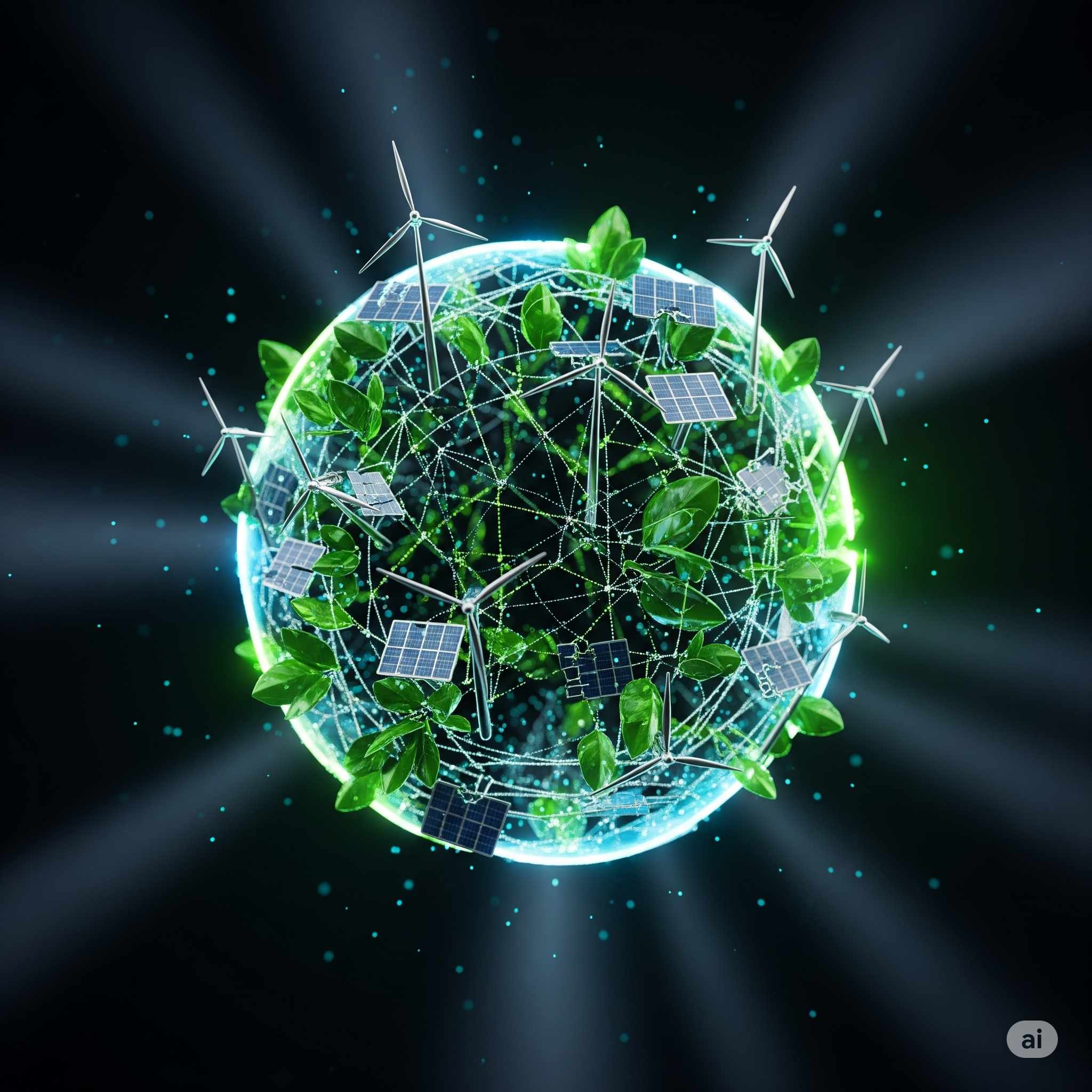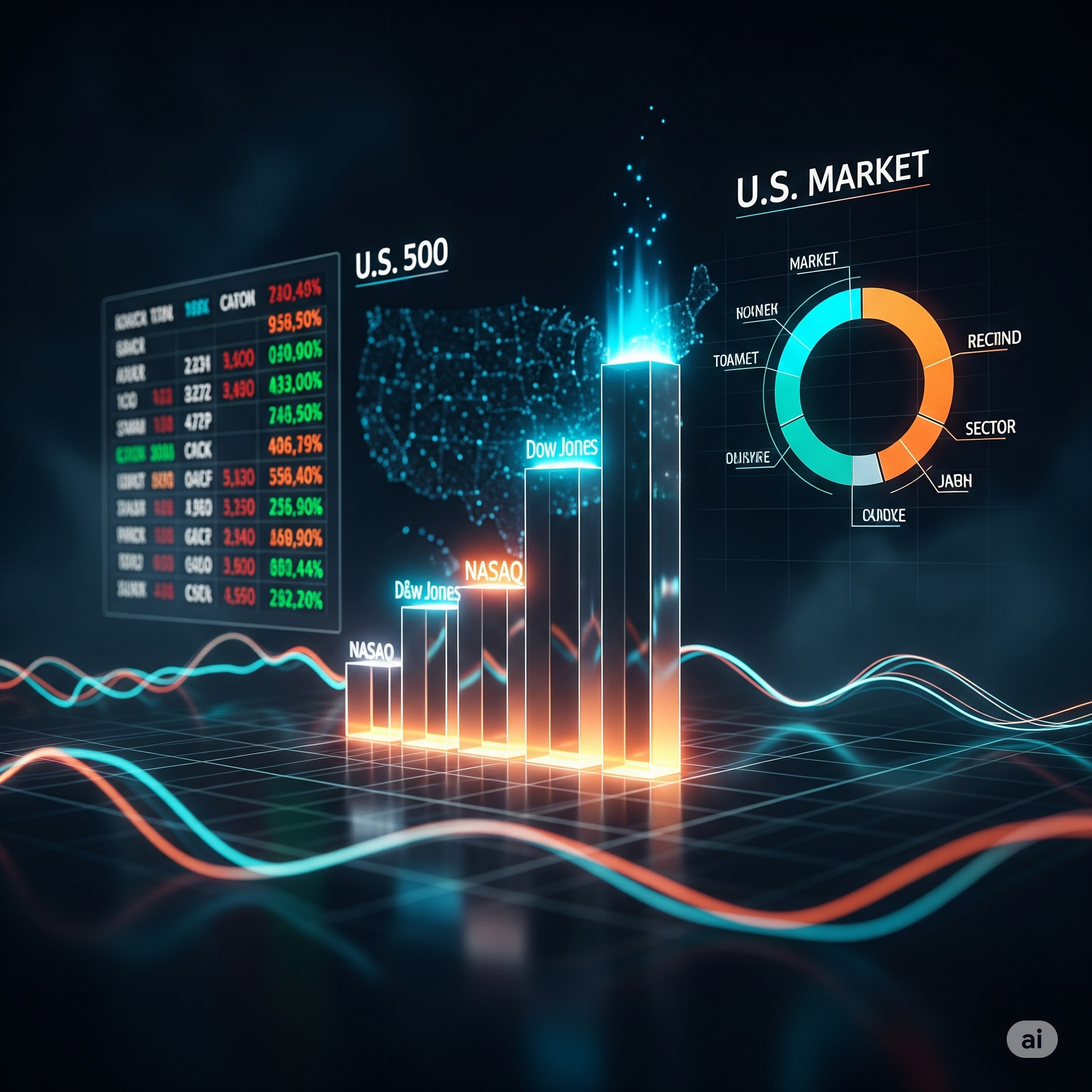Introduction
In the 21st century, humanity faces the dual challenge of ensuring economic growth while safeguarding the environment. Rapid industrialization, urbanization, population growth, and technological expansion have created unprecedented opportunities but also generated critical environmental challenges. Climate change, biodiversity loss, deforestation, air and water pollution, and resource depletion threaten the very foundation of life on Earth.
Against this backdrop, sustainable development and the concept of a green economy have emerged as guiding frameworks to balance economic prosperity, environmental protection, and social equity. Both ideas aim to create a development model that ensures long-term well-being without compromising the ability of future generations to meet their needs.
This article explores the meaning, evolution, principles, challenges, and interlinkages of sustainable development and green economy, with an emphasis on their global and Indian contexts.
Understanding Sustainable Development
Definition
The most widely accepted definition of sustainable development comes from the Brundtland Commission Report (1987), which defines it as:
“Development that meets the needs of the present without compromising the ability of future generations to meet their own needs.”
This definition emphasizes two critical aspects:
- Needs – especially the basic needs of the world’s poor, which should be given overriding priority.
- Limitations – imposed by the state of technology and social organization on the environment’s ability to meet present and future needs.
Key Dimensions of Sustainable Development
Sustainable development is often explained through the three-pillar model:
- Economic Sustainability – Promoting growth and prosperity without overexploiting resources.
- Environmental Sustainability – Preserving ecosystems, biodiversity, and natural capital.
- Social Sustainability – Ensuring equity, social justice, cultural preservation, and human development.
These three dimensions are interdependent. For instance, economic growth that leads to pollution is unsustainable, just as environmental protection without addressing poverty cannot ensure long-term progress.
Evolution of the Concept
- 1972 – Stockholm Conference on Human Environment
- The first major global recognition of the environment-development nexus.
- The first major global recognition of the environment-development nexus.
- 1987 – Brundtland Report
- Introduced the concept of sustainable development into international discourse.
- Introduced the concept of sustainable development into international discourse.
- 1992 – Rio Earth Summit
- Adopted Agenda 21, a comprehensive action plan for sustainable development.
- Adopted Agenda 21, a comprehensive action plan for sustainable development.
- 2000 – Millennium Development Goals (MDGs)
- Focused on poverty reduction, health, and education with an indirect environmental emphasis.
- Focused on poverty reduction, health, and education with an indirect environmental emphasis.
- 2015 – Sustainable Development Goals (SDGs)
- A universal agenda of 17 goals and 169 targets integrating economic, environmental, and social objectives.
Principles of Sustainable Development
- Intergenerational Equity – Meeting present needs without harming future generations.
- Polluter Pays Principle – Those responsible for pollution should bear the costs of managing it.
- Precautionary Principle – Acting to prevent environmental harm even if scientific certainty is lacking.
- Integration Principle – Environment and development policies should be integrated.
- Public Participation – Local communities and stakeholders must be involved in decision-making.
Green Economy: Concept and Meaning
Definition
According to the United Nations Environment Programme (UNEP):
A green economy is one that results in improved human well-being and social equity, while significantly reducing environmental risks and ecological scarcities.
Simply put, it is an economic system that is low-carbon, resource-efficient, and socially inclusive.
Characteristics of a Green Economy
- Low Carbon – Reducing greenhouse gas emissions.
- Resource Efficient – Maximizing resource use efficiency and minimizing waste.
- Socially Inclusive – Creating green jobs and addressing inequalities.
- Nature-Friendly – Conserving biodiversity and natural capital.
- Sustainable Consumption & Production – Encouraging responsible lifestyles and business practices.
Interrelationship between Sustainable Development and Green Economy
- Sustainable Development is the overarching goal, while the Green Economy is a pathway or strategy to achieve it.
- For example, transitioning from fossil fuels to renewable energy (green economy practice) supports sustainable development by ensuring energy security, reducing pollution, and creating jobs.
Importance of Sustainable Development and Green Economy
1. Environmental Benefits
- Reduces carbon emissions and pollution.
- Conserves biodiversity, forests, and water resources.
- Promotes renewable energy and efficient technologies.
2. Economic Benefits
- Green jobs in sectors like renewable energy, organic farming, and eco-tourism.
- Reduced dependency on fossil fuels lowers energy costs.
- Encourages innovation and long-term economic resilience.
3. Social Benefits
- Ensures equitable distribution of resources.
- Improves public health by reducing pollution-related diseases.
- Enhances food and water security through sustainable practices.
Challenges in Achieving Sustainable Development and Green Economy
- Economic Growth vs. Environmental Protection – Countries prioritize GDP growth, often at the expense of sustainability.
- High Initial Investment – Renewable energy and green infrastructure require significant funds.
- Technological Gaps – Developing nations face limitations in adopting advanced green technologies.
- Policy and Governance Issues – Weak regulatory frameworks hinder implementation.
- Public Awareness – Lack of knowledge and participation in sustainable practices.
- Global Inequality – Developed nations have historically contributed more to pollution, yet developing nations face the biggest sustainability challenges.
Case Studies: Green Economy and Sustainability in Action
1. Germany – Energiewende
Germany’s “energy transition” policy promotes renewable energy, efficiency, and emission reduction, serving as a global model for green growth.
2. China – Green Technology Investments
China has become the world leader in solar and wind energy investments, showcasing large-scale green economy adoption.
3. India – National Solar Mission
India aims for 450 GW of renewable energy by 2030, making solar power central to its green growth strategy.
4. Costa Rica – Renewable Energy Success
Costa Rica runs almost entirely on renewable energy, proving that sustainability and growth can coexist.
Global Initiatives Supporting Sustainability and Green Economy
- Paris Agreement (2015) – Aims to limit global warming to below 2°C.
- UN SDGs (2015-2030) – Integrates environment, economy, and society.
- UNEP Green Economy Initiative – Provides policy support for green economic transformation.
- Kyoto Protocol – Set binding emission reduction targets for developed countries.
Sustainable Development and Green Economy in India
India faces unique challenges of poverty alleviation, industrial growth, and environmental degradation. Yet, it has taken several steps toward sustainability:
- National Action Plan on Climate Change (NAPCC) with missions on solar energy, water, and energy efficiency.
- Renewable Energy Expansion – India is among the top five countries in installed renewable energy capacity.
- Swachh Bharat Mission – Promotes waste management and sanitation.
- Electric Mobility – The FAME scheme incentivizes electric vehicles.
- Green Bonds – Financing mechanism for sustainable projects.
India’s efforts show the compatibility of sustainability with development, though challenges like pollution, deforestation, and rapid urbanization remain.
Pathways to Strengthen Sustainable Development and Green Economy
- Policy Reforms – Strengthening environmental laws and regulations.
- Renewable Energy Adoption – Scaling solar, wind, hydro, and biomass energy.
- Circular Economy – Encouraging reuse, recycling, and waste minimization.
- Green Finance – Mobilizing investments through green bonds and climate funds.
- Technological Innovation – Promoting research in green technologies like hydrogen energy and carbon capture.
- Education and Awareness – Building sustainable lifestyles through public participation.
- International Cooperation – Sharing technology and resources globally.
Future Outlook
The future of humanity lies in how effectively we integrate sustainability into economic systems. The green economy model presents opportunities to decouple growth from environmental damage. However, it requires a fundamental transformation of production, consumption, and governance systems.
For developing countries like India, sustainable development is not merely an environmental choice but an economic necessity. With climate change posing existential risks, the global shift toward green economies is inevitable.
Conclusion
Sustainable development and green economy are not abstract ideals but urgent necessities for the survival and progress of human civilization. Sustainable development provides the vision of balancing economy, environment, and society, while the green economy offers a practical pathway to achieve it.
The journey toward sustainability demands innovation, cooperation, and responsibility at local, national, and global levels. By adopting eco-friendly technologies, fostering inclusive growth, and aligning policies with ecological priorities, humanity can secure a future that is not only prosperous but also just and sustainable.




